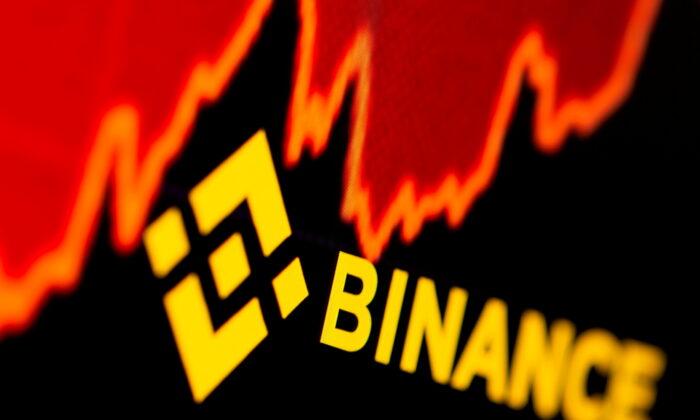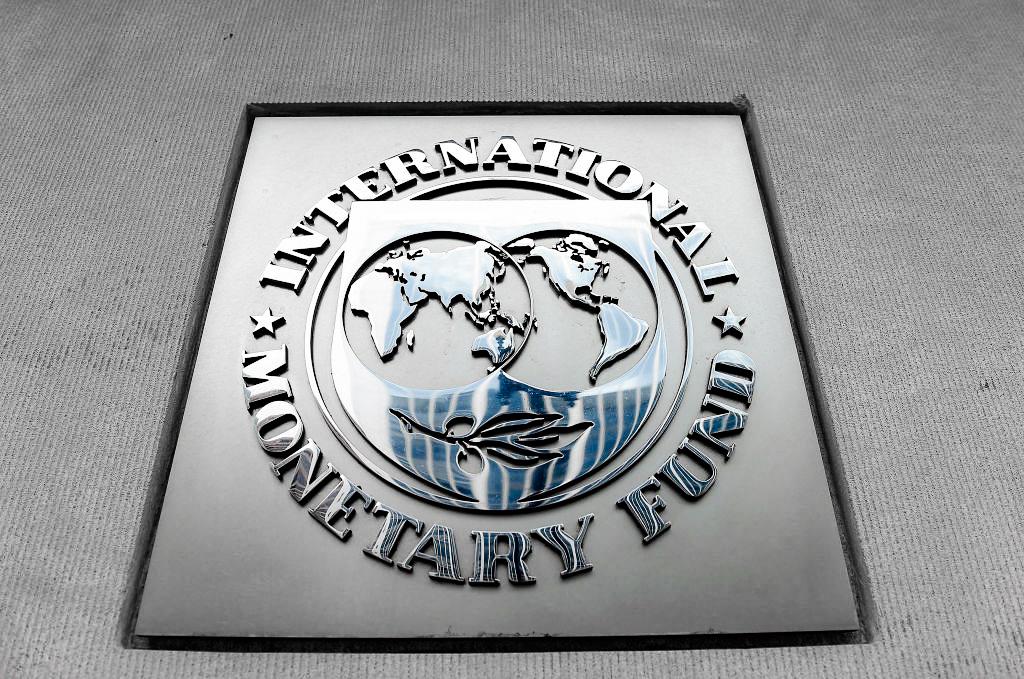Cryptocurrency exchange Binance is once more allowing deposits to be made in FTT tokens that are issued by rival exchange FTX, hours after prohibiting the activity.
In a
tweet on Nov. 13, Binance said that it had noticed “suspicious movement” of a large amount of FTT by the token’s contract deployers due to which it paused FTT deposits to protect users. However, the company changed its stance on Monday following an investigation into the issue.
“We’ve noticed that 100 percent of $FTT has been fully unlocked since May 1, 2022, according to ‘FTT Unlock Schedules’ … The large movement of $FTT flagged before was likely due to FTX’s internal asset consolidation … We are reaching out to the current FTX team for further clarification. #Binance has since reopened deposits of $FTT,” the company posted in a series of
tweets on Nov. 14.
FTX filed for bankruptcy on Nov. 11. A day later, on Nov. 12, FTX said that it had detected unauthorized access on its network. The same day, Blockchain analysis firm Nansen reported that it had seen $659 million in outflows from FTX U.S. and FTX International in the past 24 hours.
In an
article on Nov. 12, blockchain analytics firm Elliptic reported that FTX wallets were drained of more than $663 million in various crypto tokens just 24 hours after the exchange filed for Chapter 11 bankruptcy in the United States. Of this, $477million is “suspected to have been stolen,” the firm said.
Ryne Miller, FTX’s U.S. general counsel, noted in a
tweet on Nov. 12 that the company had taken “precautionary steps” to move all of its digital assets to cold storage.
The process was initiated on Saturday evening to “mitigate damage” after observing unauthorized transactions. Cold storage refers to crypto wallets that are not connected to the Internet and are thus believed to be the best protection for digital assets against hackers.
Bankruptcy, Crypto Legislation
FTX has cited assets and liabilities worth $10–50 billion in its bankruptcy petition, with more than 100,000 creditors.The exchange’s founder, Sam Bankman-Fried, shared a document with investors on Nov. 10 showing $14.6 billion in assets and $13.86 billion in liabilities, according to Reuters. However, only $900 million of its assets were liquid, which led to a severe cash crunch, and FTX eventually filed for bankruptcy.
Experts believe the failure of FTX could trigger a domino effect in which those who have investments related to the exchange might end up becoming bankrupt or be forced to sell their assets.
In a
press release, on Nov. 13, Rep. Brad Sherman (D-Calif.), who is also the chairman of the Subcommittee on Investor Protection and Capital Markets, called the sudden collapse of FTX a “dramatic demonstration of both the inherent risks of digital assets and the critical weaknesses in the industry that has grown up around them.”
Sherman extended full support to U.S. law enforcement and regulators to investigate the matter and to ensure that the people responsible for the event are held accountable.
The congressman also announced that he plans to work with colleagues in Congress to look into options for federal legislation in the crypto sector.





